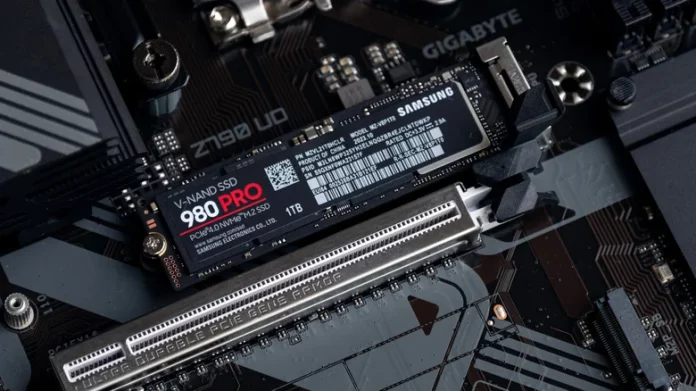Solid-state drives (SSDs) use flash memory instead of the mechanical parts found in traditional hard drives (HDDs). This design gives them faster access speeds, lower latency, and greater energy efficiency—ideal for devices like laptops and consoles such as the Steam Deck. Faster boot times and quicker app or game loading are obvious benefits. But the question remains: Are SSDs actually more reliable than HDDs in the long run?
What the Data Says
Backblaze, a well-known cloud storage company, set out to answer that question by analyzing the failure rates of SSDs versus HDDs. According to its 2022 report, SSDs generally held up better. After four years, HDDs had a lifetime annualized failure rate (AFR) of 1.83%, compared to 1.05% for SSDs. By year five, SSDs still performed better at 0.92% compared to 3.55% for HDDs. While data beyond that point remains incomplete, the trend is clear—SSDs tend to fail less often, at least in the medium term.
Backblaze’s Andy Klein summed it up: “We can reasonably claim that SSDs are more reliable.” However, he also added that failure rates for SSDs are expected to rise as they age. In other words, reliability doesn’t mean immortality.
Real-World Reliability Varies
Backblaze uses both SSDs and HDDs across its data centers, with more than 2,500 SSDs in continuous operation. The key detail, though, is that those SSDs are primarily used as boot drives. This matters because enterprise-grade drives are built for heavier workloads than consumer models, which often face different wear patterns and conditions.
In everyday use, some individuals report the opposite experience—HDDs lasting longer than SSDs. That discrepancy often comes down to a mix of factors: thermal conditions, firmware issues, accidental misuse, file-system corruption, and even manufacturing variability. Two identical models can perform very differently depending on how they’re used and maintained.
External Risks and New Developments
It’s not just hardware that affects reliability. Software issues can too. A recent Windows 11 update, for example, has been reported to slow or even damage certain SSDs. Additionally, while newer NVMe and M.2 SSDs generally outlast older SATA SSDs, all drives—mechanical or solid-state—degrade over time.
The Bottom Line
SSDs offer clear advantages in performance and efficiency, and they’re typically more reliable—up to a point. But every storage device can fail. Whether you use an HDD or SSD, the best defense is still the same: back up your data regularly, monitor drive health, and watch for early warning signs such as slower performance or file errors.





